Make a blade part of your EDC
I’d been carrying concealed for a few years when I had the privilege of spending a couple days of in-person learning with my first mentor for the prepared lifestyle, former SEAL C.J. Carracci. “You need to carry a blade,” he said, before providing some great instruction on using one for personal defense. Time has shown he was right; more so than I understood at the time.
In the years since, I’ve come to appreciate having a knife as part of EDC for reasons other than fighting, which I acknowledge as a specialized skill that cannot be neglected or it will expire, just like shooting. Defensive potential aside, carrying a knife daily has improved my life in ways I never expected. It’s made me more capable and efficient in completing simple tasks, whether it’s trimming that pesky bit of thread dangling from a shirt or opening those annoying sealed plastic packages. The knife helps make the lives of co-workers and friends a little easier, too. On countless occasions, I’ve been able to pitch in for some little task like the ones already mentioned, and contributed in a small way to making their days better. In these ways, the blade makes me more confident knowing I’m capable of taking care of these little problems with a flick of the wrist.
Another advantage of knife carry is that it’s legal in many places a firearm is not! Though the range of engagement is much closer with a knife than most folks care to think about, it provides a measure of protection far greater than hands alone.
I suppose it’s a good idea to address two common misconceptions about knife defense. The first has to do with the idea that knives, thrown at or by a violent criminal, present a common danger. In the years I worked with crime victims and the occasional criminal actor, knife-throwing never presented itself. Accuracy with a thrown knife is a skill very few people possess. Being cut or stabbed by direct contact, though, is a real and common occurrence in street and domestic crimes.
The other misconception is about training. Even more so than with a firearm, you’re only likely to prevail in a knife fight if you engage in regular, formal training. The ability to commit such an intimate form of violence is not common among civilized types, including folks who’ve led the lawful life that qualifies them for a CHL permit. It’s more likely, without training, that you’ll find yourself unable to land effective stabs or slices, while at the same time lacerating your own hands. I’ve trained with some great blade instructors over the years, enough to discover that what I don’t know about knife fighting is an ocean; my skills are a puddle in comparison. Regular practice and honest, professional feedback are not to be neglected if you carry a blade for protection.
With that reality check out of the way, here, from an amateur but daily blade-carrier’s perspective, are some suggestions for choosing and maintaining your own everyday carry knife.
Choosing a blade is kind of like choosing a gun and gun holster for everyday carry, in that it has to be comfortable to wear, or you’ll leave it behind when you need it most.
The first consideration is if you’ll choose a folder or fixed blade. As a rule, folders are smaller and easier to carry, though my sweet fixed-blade Wharncliffe by CRKTcomes with a neck loop and Kydex sheath that’s as secure as any gun holster. Every serious knife fighting practitioner I know carries a fixed blade for that purpose, as it’s inherently stronger. Most also carry a separate knife for chores.
If you choose a folder with a clip, there are a couple considerations to look at. For safety, I choose only folders with a sturdy mechanical locking mechanism, to prevent the unit from closing on my fingers when the knife is under use. is consider how much of the knife will still be exposed. In my experience, knives that protrude well above my front jeans pocket tend to work themselves loose, and potentially attract unwanted attention. It’s not the toughest knife on the market, but the CRKT Pazoda,with locking blade and subdued color, has traveled with me more than any other, and is easy to sharpen.
If a fixed blade is your preference, choose a full tang model, meaning the blade and handle are crafted of the same continuous piece of metal. The inherent strength of full tang knives makes them stronger and safer for any use, assuming the grips are attached in such a manner that they don’t budge when the blade is in use.
Material makes a difference, and today’s knife market offers a wide array of choices at every price point. I won’t go into detail here as a superb resource already exists for identifying the traits you prefer or requirements for maintenance of any particular blade. Blade HQ’s steel types chartprovides a quick reference.
As with your firearm, a knife requires attention to function at its best. Exposure to sweat or other moisture, especially seawater, should be accompanied by a routine of wiping and lubricating the blade. Here again, real knife experts will have strong and sometimes differing opinions. I simply use the same cleaner as I do on guns. Unlike guns, WD-40 is a fine knife lubricant that’s also non-toxic against skin.
Along with cleaning and lubrication, maintaining a sharp blade is in your best interest for safe and effective cutting. As the above-mentioned chart explains, some blades are easier to sharpen than others; others maintain an edge with less attention.
There are a plethora of sharpening tools on the market. Lately, I’ve been packing the WorkSharp Guided Field Sharpenerin my range bag for on-the-go sharpening of my own or friends’ knives. Used correctly, it puts a shiny and sharp finish on most blades with just 20 strokes per side. For serious sharpening that takes a bit more time to set up, firing up one of WorkSharp’s power toolswill put a mighty edge on virtually all your blades, from the smallest folder to your lawn mower.
Hopefully this guide has provided some direction in selecting your next, or first everyday carry knife. Just as with a good handgun, training with and maintenance of that blade will provide you with increased competence and ability across a variety of situations!

Eve Flanigan is a defensive shooting and concealed carry instructor living in the American Southwest. Today she works full time as an instructor and writer in the gun industry. Flanigan loves helping new and old shooters alike to develop the skills needed to keep themselves and their loved ones safe.







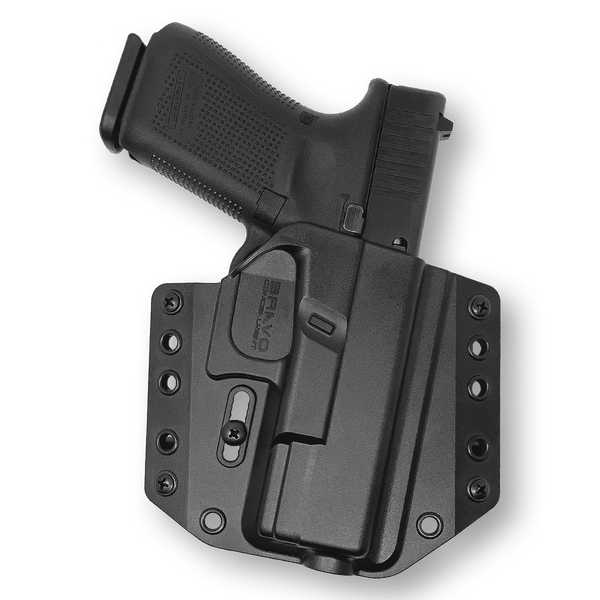
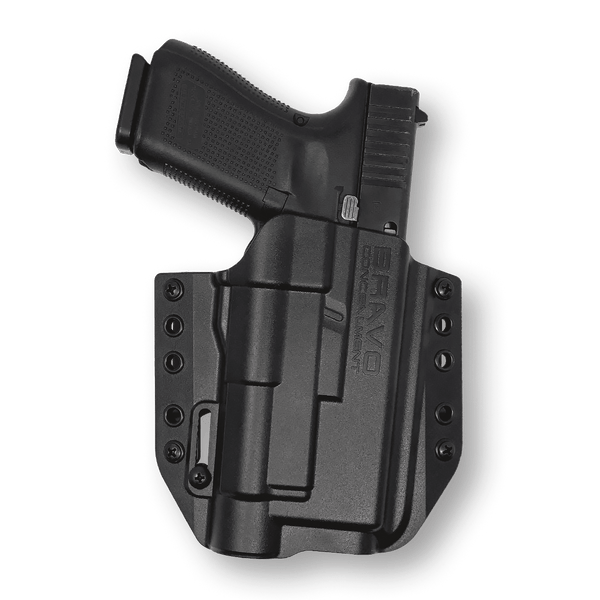
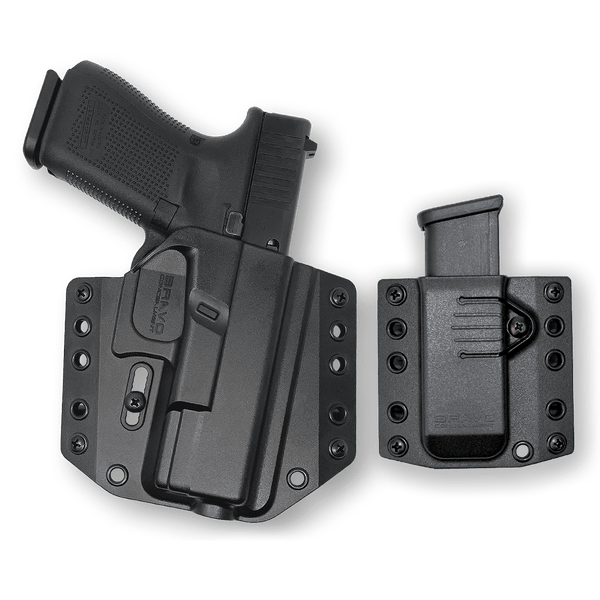

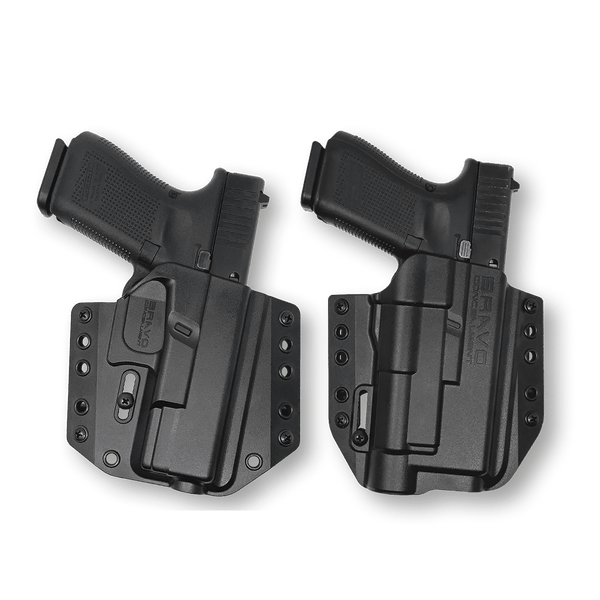
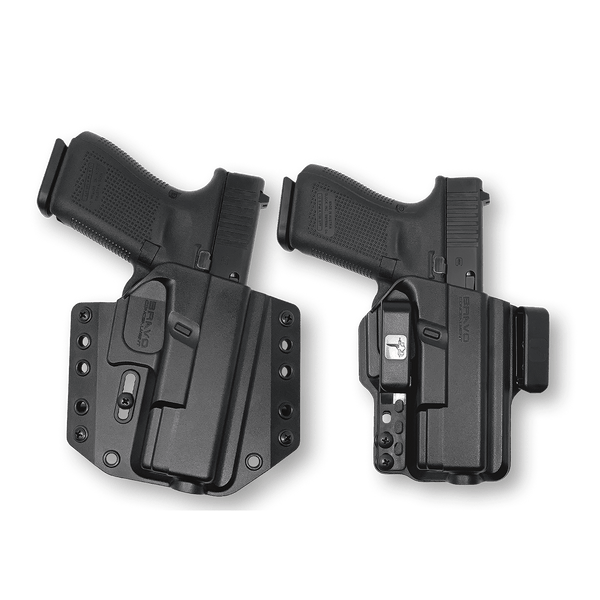
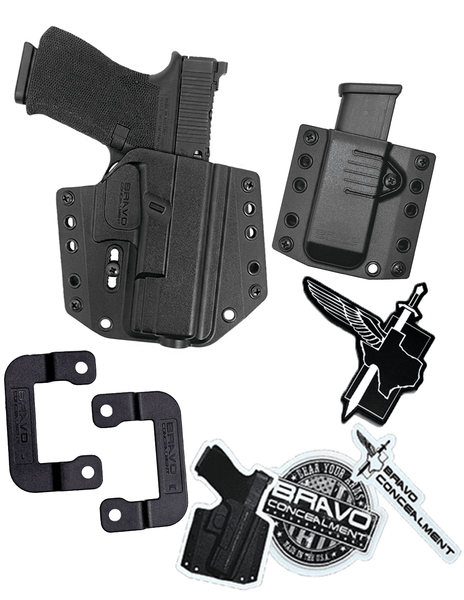
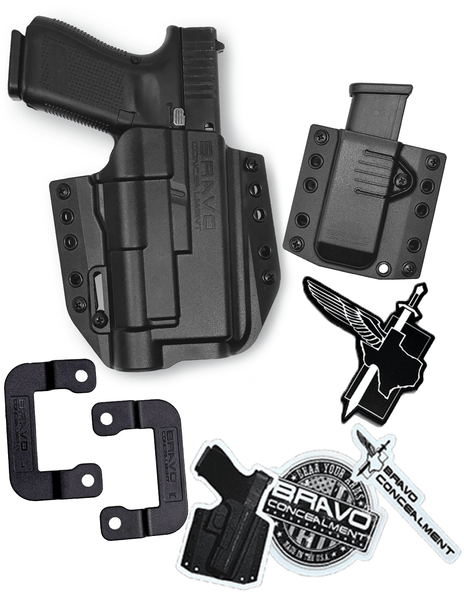
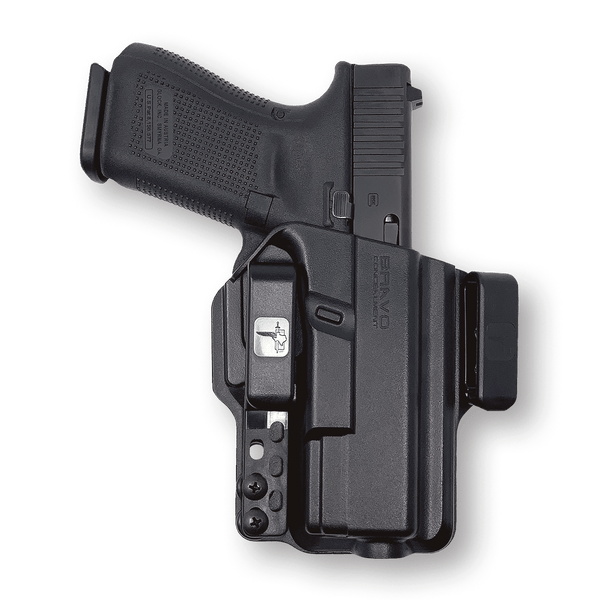
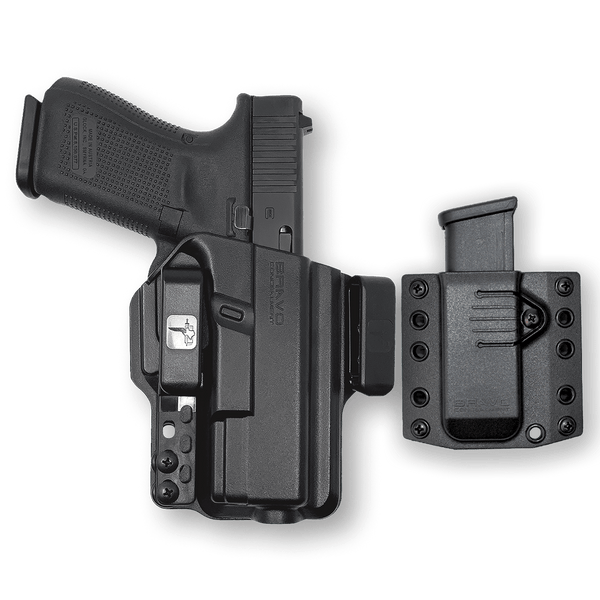
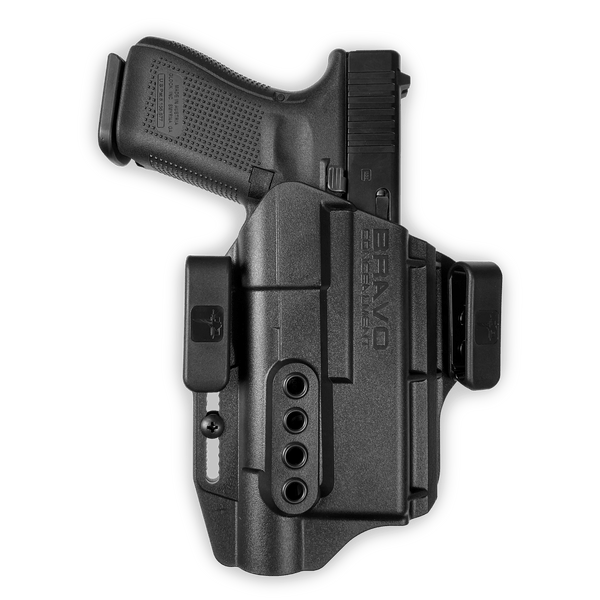
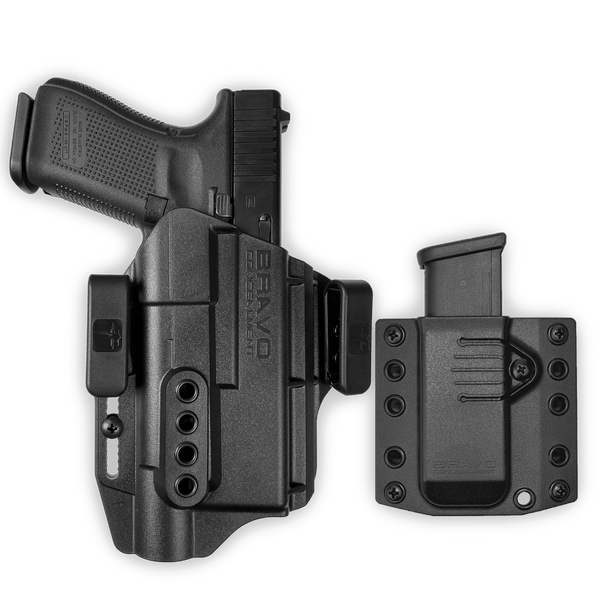
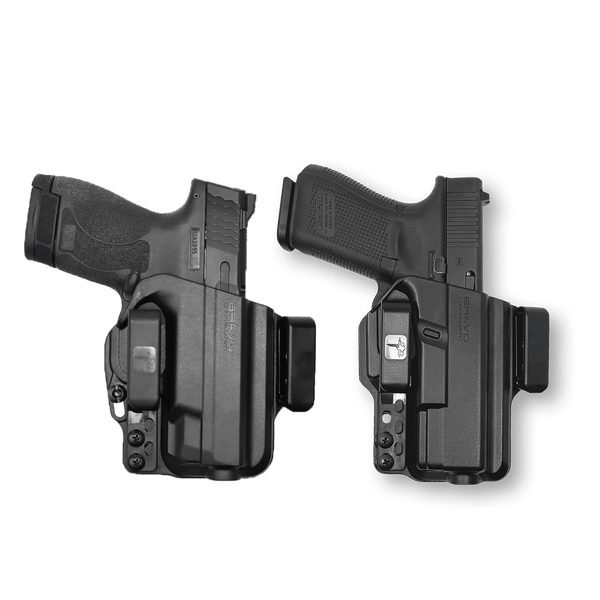
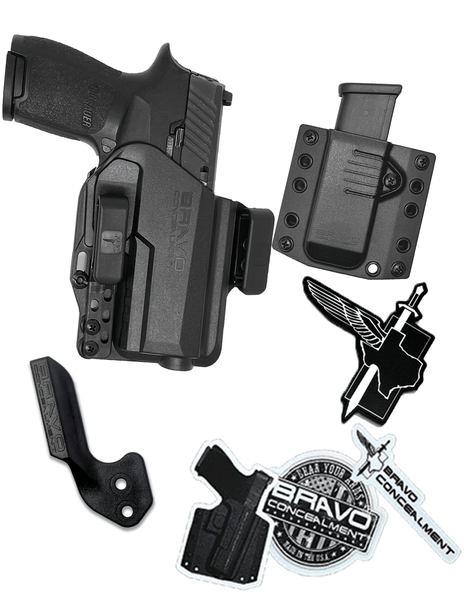

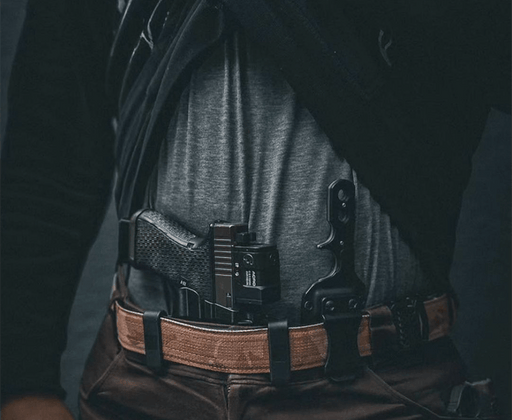
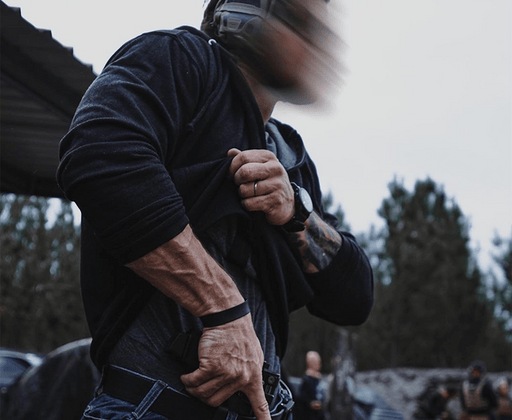
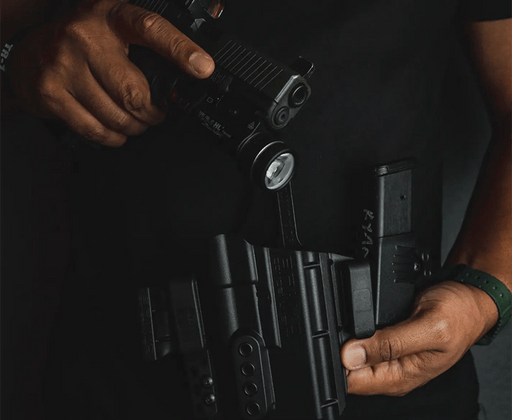
Leave a comment